Earn 8.5 AIA LU/HSW
This is a two-part event for architects in Buffalo and Western New York.
Part 1 (Friday—1.5 LU/HSW): Participants will hear from a panel of local leaders and experts on the current housing needs and challenges of Buffalo and Western New York’s population, with particular focus on addressing inclusivity, affordability, and sustainability. Afterwards they will have an opportunity to mingle, network, and converse with local architects, architecture students, and community experts. They are encouraged to discuss ongoing work and projects as well as opportunities for employment and partnerships.
Part 2 (Saturday—7 LU/HSW): Pre-registered teams will return Saturday for a competition to design a modular house prototype, working in integrated teams of up to professionals and 1-2 University at Buffalo architecture students. At the end of the event, participants’ competition entries will be judged and winners will be announced.
The purpose of the event is to provide attendees with a better understanding of the specific challenges of the housing crisis in WNY and connect them with community experts that can provide them with personal testimonies and experience that can better inform their architectural design.
Event Schedule
Friday October 21, 2022
5:30 pm Informative Panel Discussion regarding current housing needs from community members and housing professionals (1hr)
6:30 pm Cocktail Reception, Competition Details Announced, Networking (30 min)
7:00 pm Event End
Saturday October 22, 2022
3:30 to 5:30 pm - Competition presentations and winners announced. Open to the public. No LU’s are available.
Presenters, Moderator, and Panelists
Presenters: Tyra Johnson Hux (Deputy Director, LISC (Local Initiatives Support Corporation), Kisha Patterson (Architect, Kisha Patterson Architect)
Moderator: Tyra Johnson Hux (Deputy Director, LISC (Local Initiatives Support Corporation)
Panelists: Daysi Ball, (Director, BFNC (Buffalo Federation of Neighborhood Centers, Inc.), Chandra Redfern (CEO, BFNC (Buffalo Federation of Neighborhood Centers, Inc.), Brandi Barrett (Director of Operations, Fruit Belt Community Land Trust), Anne Perry (Architect, ANPRA), Luz Velez (PUSH Buffalo), Concetta Ferguson (Chief Innovation and Program Development Officer, People, Inc.)
Learning Objectives
Explain how sub-standard housing can negatively impact the health and safety of its residents and how better housing design can improve living conditions.
Explore ways that accessible and inclusive housing design can improve the welfare and quality of life for individuals with disabilities.
Consider construction methods, materials, and processes that reduce cost of housing without reducing quality. Affordable housing increases the health, safety, and welfare of residents by allowing them to be able to afford other basic needs.
Understand how to prioritize sustainable construction methods and materials and allow for residents to reduce the energy loads and costs of building operation and occupation.
Discuss how community vulnerabilities (social, physical, and economic) can be addressed in modular housing design by understanding the role the architect can play as change maker.

